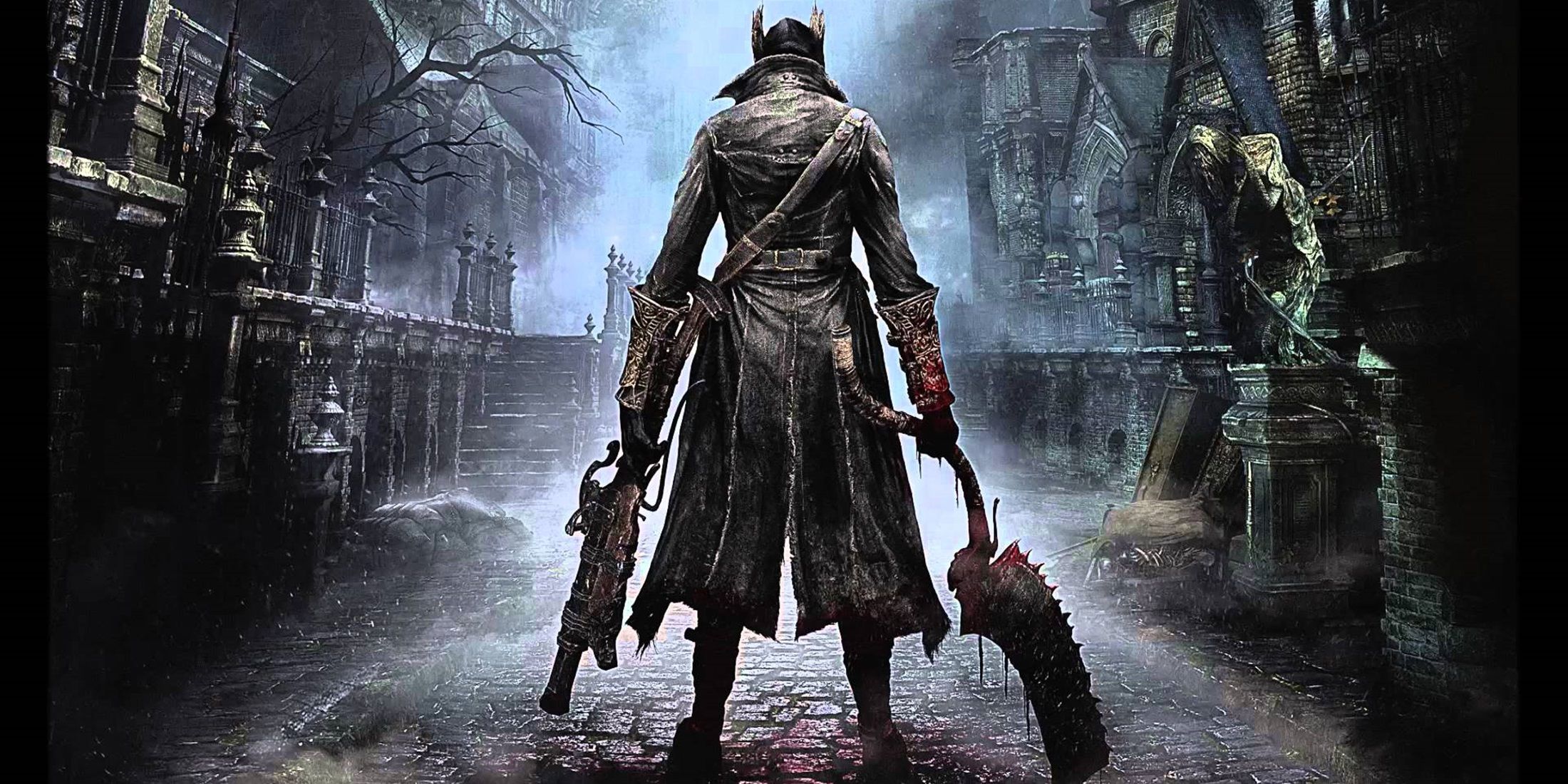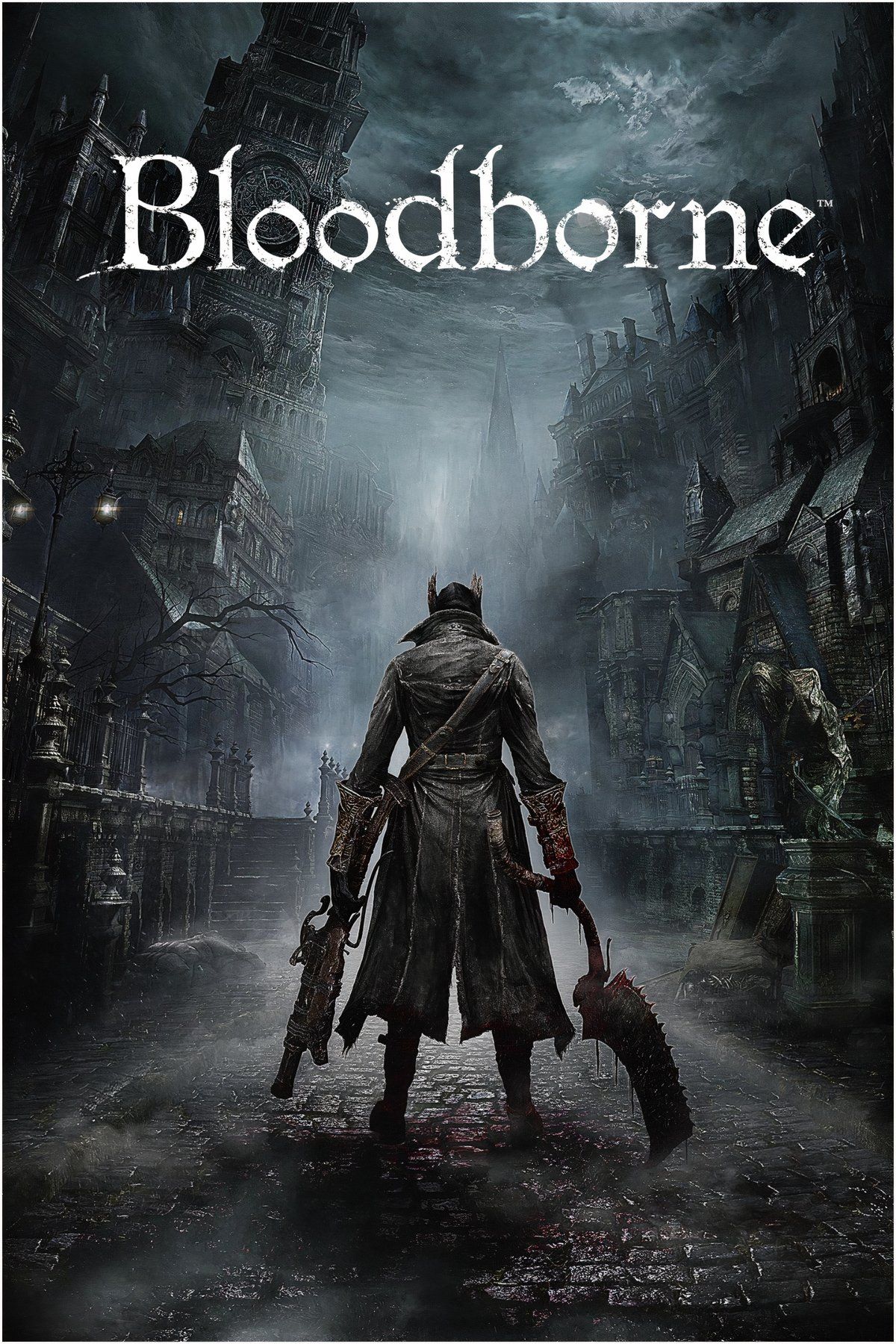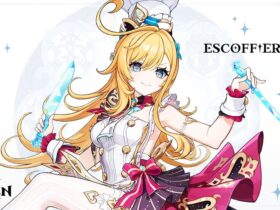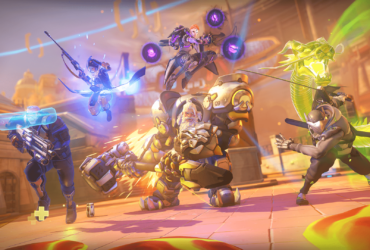The atmosphere in Bloodborne is so thick that it feels like the bloody droplets from its myriad twisted creatures are dripping from your television set. A wet, rusty reminder of how alive Yarnham can feel despite life draining from its every orifice. FromSoftware crafted a masterpiece that, a decade later, is still talked about with unrivaled reverence. Few games come this close to perfection while daring to pull us into fictional worlds that ask big questions and pose bigger challenges. As it celebrates reaching double digits, let’s look back on what makes it so good.
It’s easy to forget how revolutionary Bloodborne was when it was first released. Shortly after the success of Dark Souls and its polarising sequel, which simultaneously put FromSoftware on the map and introduced millions of players to its new approach to game design, came an ambitious epic that sought to subvert our expectations all over again. Dark Souls was a slow and lumbering experience that asked players to consider the timing of every animation as we hid behind shields and parried with picture-perfect timing windows, while Bloodborne took all means of defense away and demanded us to embrace our aggression.
Bloodborne’s Thirst For Violence Is Its Greatest Asset
As a Hunter, your purpose after being brought to life is to track down and destroy the many beasts roaming the streets of Yharnam as you begin to understand the cosmic underpinnings of it all. Are you a hero, a villain, or some nebulous force doing the work of a higher being? The world descends further and further into chaos the more you occupy it, making you question what is real and what is fake as the lines of reality bend themselves to unknown whims. It isn’t a traditional heroic story, and only feels interested in the surreal nature of dreams and their capacity to both create and destroy. You march through blood and viscera in search of a purpose the game never explains in straightforward terms, and that only adds to its magic.
This narrative ambition extends to combat, where you are expected to leave your human inhibitions behind and embrace the power of the Paleblood. I mentioned earlier that there will be no shields to defend yourself with, as every encounter emphasizes a need for aggression as you slice enemies to pieces to restore your own health, or make use of firearms which are capable of parrying foes and dealing massive damage. Faster healing items and equipment that never takes the attention away from slicing and dicing means you are a swift and deadly hunter who can realistically take on monsters from foreign dimensions.
There are light, medium, and heavy weapons to make use of alongside a varied selection of guns, but all of them feel suited to this faster, more aggressive playstyle — something that I’m not sure FromSoftware has replicated to this level of success ever since. Sekiro came very close, but having a named character and a pre-ordained loadout meant you were expected to master what the game gave you, instead of carving your own path forward.
Elden Ring felt like the best of both worlds, but as in Dark Souls, you could often go for the weapons and armour with the highest stats and brute force your way to victory. Bloodborne felt more nuanced, more unique, and more like it was doing its own thing. And I sincerely miss that.
And We’ve Never Had Another Game Like It
I remember every single NPC conversation in Bloodborne because, despite its gothic setting that leans into and subverts cliche at every turn, it truly feels like this world is one where the people who call it home are fighting for survival. To step outside on the night of the hunt is to sign your own death warrant, while the full-throated screams behind closed doors tell us that even in the most sheltered compounds that nobody is safe.
A man you meet early on talks to you about transforming into a werewolf, and over the course of several hours the curse begins to take over. A little girl asks you to find her parents, only to discover that her mother is long dead, and her father has become a bloodthirsty monster. You can also opt to send those you find to the safe haven of a nearby church, but whether this is the right decision or not is a question you need to answer for yourself.
FromSoftware’s narrative technique of expanding on lore through item descriptions and brief lines of dialogue is on full display here, but the smaller and more curated game world allows it to hit so much harder. Every single location is dripping with lore possibilities, and even if I have no idea of the specifics, that doesn’t stop me from losing myself and making up my own sick and twisted stories. I am a lone hunter exploring this battered and broken world, knowing I’m powerless to save it no matter how much I keep on fighting. That nihilism is a bold decision to take in a triple-A game like this one, yet it might be Bloodborne’s most memorable factor.
People still talk about Bloodborne every single day because it had an impact that few games in this medium’s history ever had. It felt like a bold expansion of a gameplay formula ready to influence an entire generation, while its narrative and world building were equally ambitious in how it asked big questions to its audience without ever providing concrete answers.
A decade is a long time, but I’m not sure if I’ll ever run out of good things to say about this masterpiece.
















Leave a Reply